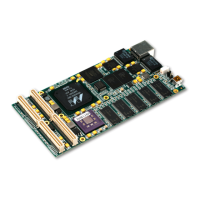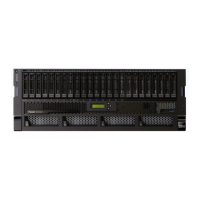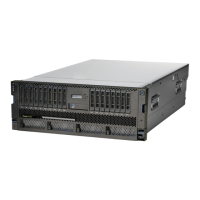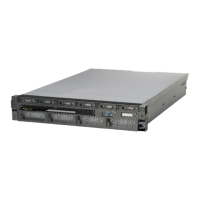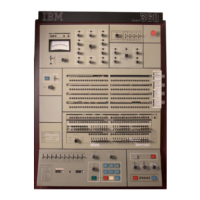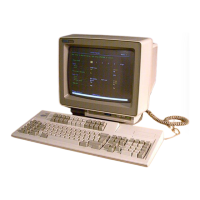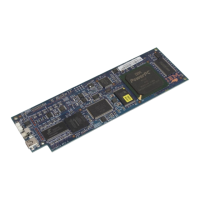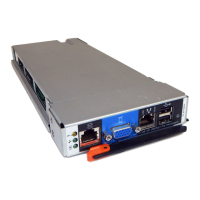1.4.3 Timer Facilities
The processor core contains a time base and three timers:
• Programmable Interval
Timer
(PIT)
•
Fixed Interval Timer (FIT)
•
Watchdog timer
The time base is a 64-bit counter incremented either by an
internal signal equal to the CPU clock rate
or
by a separate external timer clock signal. No interrupts are generated when the time base rolls
over.
The
PIT is a 32-bit register that is decremented
at
the same rate
as
the time base is incremented. The
user
loads the PIT register with a value to create the desired delay. When a decrement occurs on a
PIT count
of
1, the timer stops decrementing, a bit is set in the Timer Status Register (TSR), and a
PIT interrupt is generated. Optionally, the PIT can be programmed to reload automatically the last
value
written to the PIT register, after which the PIT begins decrementing again.The
Timer
Control
Register (TCR) contains the interrupt enable for the PIT interrupt.
The
FIT generates periodic interrupts based on selected bits in the time base. Users can select one of
four
intervals for the timer period by setting the appropriate bits in the TCA. When the selected bit in
the time base changes from
0 to
1,
a bit is set in the
TSR
and a FIT interrupt is generated. The FIT
interrupt enable is contained in the TCR.
The watchdog timer generates a periodic interrupt based on
selected bits in the time base. Users can
select one
of
four time periods for the interval and the type of reset generated if the watchdog timer
expires twice without an intervening
clear from software.
1.4.4 Debug
The processor core debug facilities include debug modes for the various types of debugging used
during hardware and software
development. Also included are debug events that allow developers to
control the debug process. Debug modes and debug events are controlled using debug registers in
the chip. The debug registers are accessed either through software running on the processor, or
through the JTAG port. The JTAG port can
also be used for board test.
The debug modes, events,
controls, and interfaces provide a powerful combination of debug facilities
for hardware and software development tools
1.4.4.1
Development Tool Support
The PPC405GP supports a wide range of hardware and software development tools.
An operating system debugger is an example of an operating system-aware debugger, implemented
using software traps.
RISCWatch is an example
of
a development tool that uses the external debug mode, debug events,
and the JTAG
port
to
support hardware and software development and debugging.
The
RISCTrace™ feature of RISCWatch is an example
of
a development tool that uses the real-time
trace capability of the processor core.
1-8
PPC405GP User's Manual
Preliminary
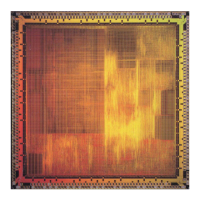
